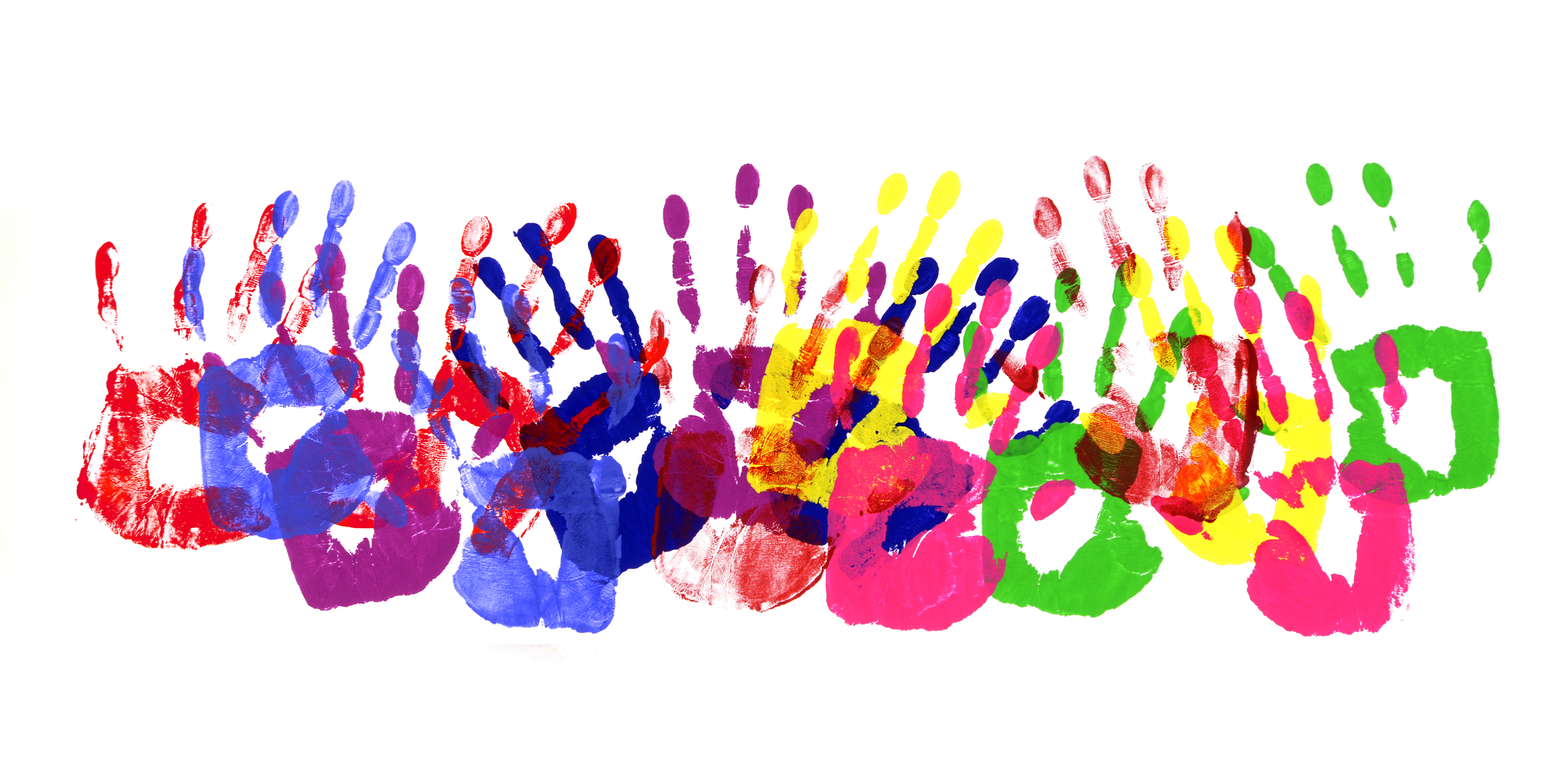Cerebral Palsy
Peptidergic Treatments in Cerebral Palsy

Traumatic and hypoxic brain injury (Cerebral Palsy) is a devastating medical condition with high socioeconomic impact as it affects more than 10 million people worldwide annually. Prolonged hospital stay is associated with mortality and disability. Although life expectancy in cerebral palsy has improved continuously for decades, especially in developing countries, an effective drug therapy for brain injury remains a clinical need.
Based on scientific evidence demonstrating the involvement of peptide-mediated mechanisms in brain injury and repair processes, peptidergic drugs represent a multimodal treatment alternative for improving acute outcomes and long-term recovery in these patients.
Randomized controlled clinical trials and open-label studies to date have yielded positive clinical results with the peptidergic drug Cerebrolysin, Cortexin and the endogenous neuropeptides progesterone and erythropoietin. Patients treated with Cerebrolysin and Cortexin have faster clinical recovery, shorter hospital stays and better long-term outcomes. While treatment with progesterone was more advantageous than placebo in terms of traumatic brain injury mortality and clinical outcome, erythropoietin only reduced mortality. Confirmatory randomized controlled clinical trials manage to reiterate these promising findings.
Cerebral Palsy is the most common cause of developmental delay in infants…
Cerebral palsy, also known as congenital cerebral palsy, is a common neurological problem in childhood. Cerebral palsy results from damage to the developing infant brain. Although different types are described, pediatric neurologists most often encounter spastic type cerebral palsy. Most children with cerebral palsy have a history of premature birth and incubation. The prevalence of Cerebral Palsy in the whole world is 4-5 per thousand. Unfortunately, this ratio continues today. The fact that premature babies, who did not have much chance of surviving before, can now survive, also prevents their incidence from decreasing. Births before 36 weeks of pregnancy, low birth weight (less than 2500 grams), and births with intervention are the factors that pose the highest risk for Cerebral Palsy.
In risky infants, symptoms occur in the first few months of life in the form of incontinence, vision and hearing problems. Disease-specific MRI findings, patient’s history and examination findings are sufficient for the diagnosis of cerebral palsy. Epilepsy, muscle stiffness and mental problems are more common in children with cerebral palsy.
In the treatment of cerebral palsy, the symptoms caused by the disease can be alleviated, the child’s independence level can be increased, and care can be facilitated. Treatment goals are different for each patient, and treatment options are also different. There are many treatment methods that can be applied in the treatment of Cerebral Palsy. The important thing is to determine and apply the most appropriate and necessary treatment options for your child at that time. Various drug treatments, exercise and physiotherapy methods, occupational therapy, orthotics can be applied. In addition, there are new treatment methods such as Compulsory Use Treatment, Body Weight Supported Walking Belt Training, Hippotherapy (Skip Therapy), Transcranial Direct Current therapy, restrictive splints, kinesio-taping. An experienced Pediatric Neurology Specialist should decide which treatments will be applied to your child at that time, and follow the developments in your child and make the necessary arrangements.








